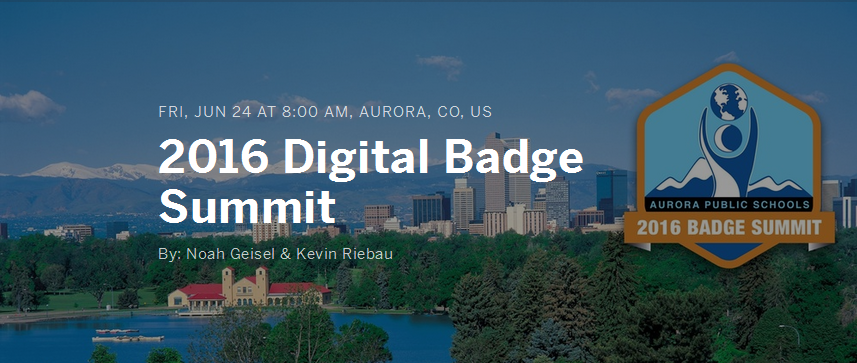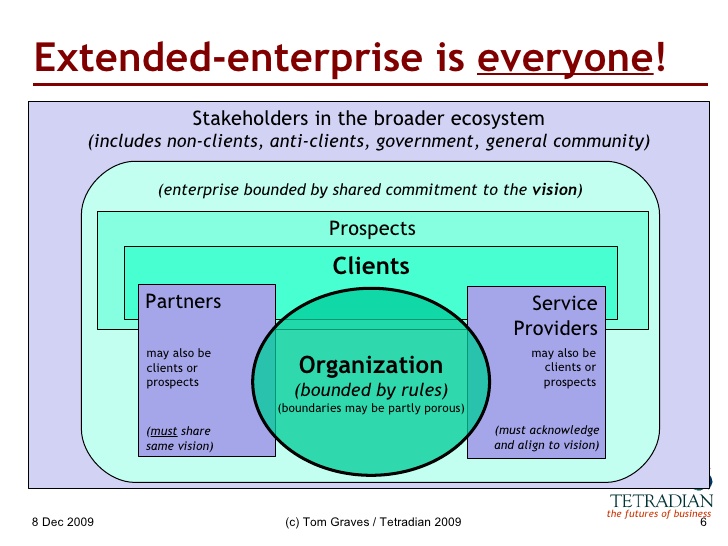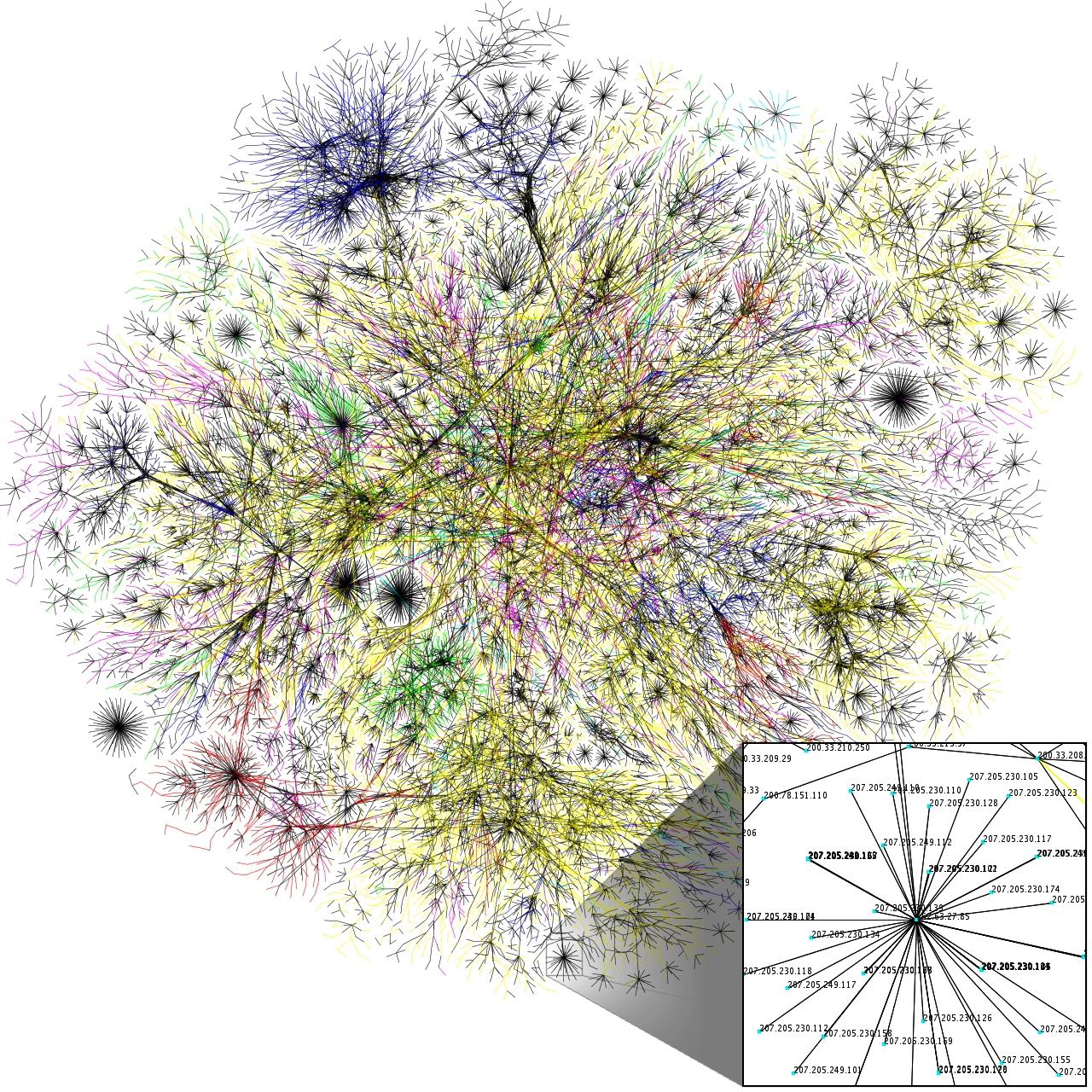Today’s post explores Extended Enterprise Learning for Member-based Organizations, one of five sectors that significantly employ this kind of learning, according to John Leh of Talented Learning:
- Corporate
Improving the product value chain: suppliers, distributors, retailers, customers - Member-based Organizations
Associations, Unions, Not For Profits - For Profit Training
B2B, B2C: independent trainers, ConEd business units - Academic
Open Education, MOOCs, Work Integrated Learning, vocational education and Apprenticeship - Public Sector
Emergency/public awareness, voluntary sector support, armed forces, civilian public service
Common characteristics of Extended Enterprise Learning include:
- A “partner cluster” approach to delivery and reception of learning
- Voluntary enrolment, often paid, so the learning experience must be engaging
- A mix of marketing and education, with layering of commitment
- A focus on measurement and impact analysis
About Associations – Statistics
Associations play an important role in our society, bringing people together around shared interests, whether those are professional, commercial, cultural, or just about anything people can be interested in.
According to the Associations Canada 2015 index, there are 20,127 associations and related organizations in Canada*, broken down in the following sub-sectors:
- Professional: 11%
- Trade: 27%
- Special interest: 62%
This includes everything from AA (Alcoholics Anonymous) to Zoroastrianism. It’s hard to segment, though I’m working on it.
They’re typically not all that rich: 65% of associations in Canada have a budget of less that $500K.
* A similar index for the US lists only 40,000, but I think this is due to more exclusive criteria. I suspect over 100,000 similar organizations in the US, if not more.
Purposes and Needs of Associations
These play out differently in different sub-sectors. For example, industry organizations are more concerned with Advocacy and Marketing, whereas professional organizations are naturally more concerned with Professionalization.
- Advocacy and marketing
- Public Relations, communications
- Policy development, influence
- Professionalization and professional learning
Credentialing and certification of learning are trending upward in the sector.
- From “soft” credentialing to “hard” certification and mandatory Continuing Professional Development (CPD)
- Usually focuses on the 10% of 70:20:10 learning: courses, workshops, webinars
- Networking
This is a form of social learning, the 20% of 70:20:10. It includes events, online communities and social media. It can be useful for member engagement, mentoring, expertise and opportunity identification and ad hoc learning. - Change, issue management
This can include research, trend analysis, tool development and other resources to support the 70% of 70:20:10 – the “doing”, problem solving, continuous improvement part of learning. - Organizational Survival
Associations have internal needs that must be met, in order to keep the lights on and the future secure:- Membership maintenance, growth (delivering value)
- Sponsorship, other revenue
- Volunteer service: recruitment and avoiding “burnout”
- Leadership Development, Succession
Association Learning: Think Beyond the LMS
Learning is more than courses; it’s lifewide:
I like this report card about the 70:20:10 performance of typical LMSs from another presentation by John Leh:
An LMS is a learning “batch processor” and generally measures what’s easy to measure, which is biased to the 10%: online courses, typically delivered to cohorts, or automated if delivered to individuals.
Unless sophisticated processes are in place, LMSs measure the delivery of bulk “learning inputs” with assessment based on the internal activities and content of the course rather than real world impact, or ROI.
I say that we should measure personalized learning outcomes across the 70:20:10 spectrum of learning. Open Badge eCredentials make this possible.
Some Benefits of eCredentials for Associations
As an open, human and machine-readable technology standard, Open Badges have huge potential for associations in bridging needs and solutions across sectors and regions, for personal and organizational purposes.
Here are some examples:
- Personal learning pathways
This is about delivering value to individual members.
EDUCAUSE, the “foremost community of higher education IT leaders and professionals”, with a membership of over 2,300 organizations (over 300 private sector), talks about Signals for yourself: gaining new knowledge, developing your brand, and “wayfinding” to make your career path more visible. - Modularity and stackability
Learning opportunities don’t always have to be ponderously packaged in courses, but can be delivered and assessed at a smaller scale:Microcredentials are natural territory for associations and logically connect to microlearning. Learners increasingly appreciate and seek out ways to demonstrate their ongoing learning in what we term “the other 50 years”—the typical lifespan after adults leave higher education.
Tagoras: ASSOCIATION LEARNING TECHNOLOGY 2016 p23Geeky people are now exploring how xAPI learning events can be stacked into Open Badge eCredentials:
- Diversity of expression
With a flexible eCredentialing system, learning doesn’t have to be locked up inside a single LMS silo. Learning can be online or offline, course-based or event-based, automatically or manually assessed. And recognition can encompass a broader scope: Recognition of experiential learning, professional achievements, development interests, volunteer service, certification…
For example, the Canadian Public Relations Society “Accredited in Public Relations” eCredential is based on years of service, work samples, an oral interview and a proctored exam. - Diversity of sourcing
Organizations, especially smaller ones, don’t have to expensively reinvent the wheel: they can choose to recognize credentialed learning from other educators and trainers who support the Open Badge eCredential standard. For example, project management or leadership may be better delivered by an external organization, with its own industry-recognized credential. - Demonstration of Impact
Once you start focusing on outcomes rather than inputs, you can start curating these in skills passports and skills inventories across contexts, reporting on organizations and regions, ideally linked to performance changes. Expertise mapping can help with planning and member development and performance support.Educause calls this signals for others
- Emergent learning and innovation
Learners in a community don’t have to just be learners – they can teach too, spreading the learning, bringing in new learning from outside as teachers. Skills ecosystems can develop. - Social Media Reach
Your members and learners become brand advocates, on LinkedIn and other social media sites:

LinkedIn
Most of these benefits have a bottom line impact or at least a measureable ROI:
- Increasing value for members
- Attracting new members
- Increasing revenues from members and external clients
Last year, I mapped some of these benefits for Doctors Without Borders (MSF) in the Humanitarian sector. I’ve tweaked that a bit to create a more generic version for Extended Enterprises, although I need to work the revenue part in better:

Don Presant 2016-04-17 CC-BY
Closing Words
I’m enjoying my exploration of Extended Enterprise Learning, it’s been a real threshold concept for me, opening up new vistas for my ongoing obsession with Open Badge eCredentials for recognizing lifelong, lifewide learning and achievement.
I plan to explore the Public Sector in an upcoming post.
Closing plug: join us at the 2016 Digital Badge Summit
I’m looking forward to participating and speaking at the Digital Badge Summit on June 24th, just before the massive ISTE 2016 conference. There’ll be something for everybody there: K12, Higher Ed, Teacher PD, Extended Enterprise…


























